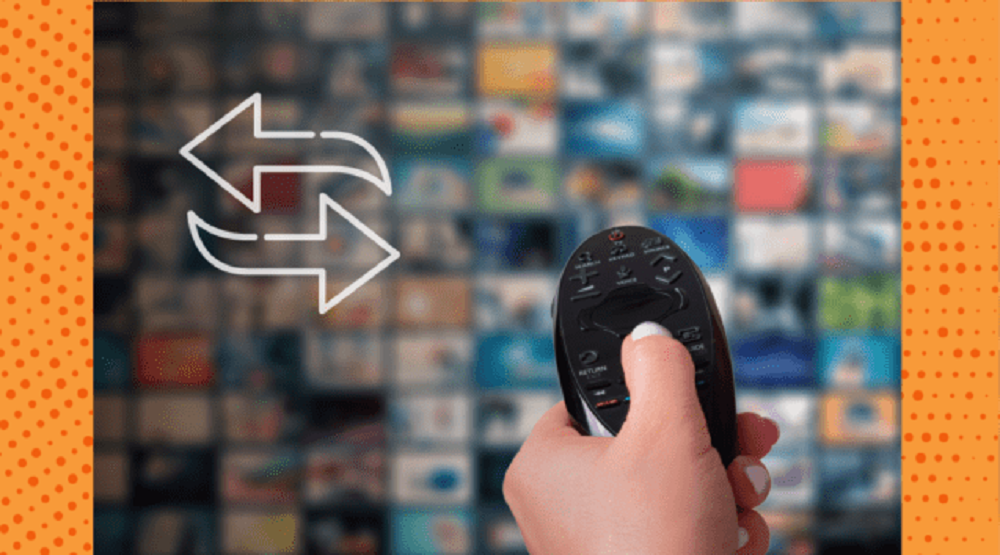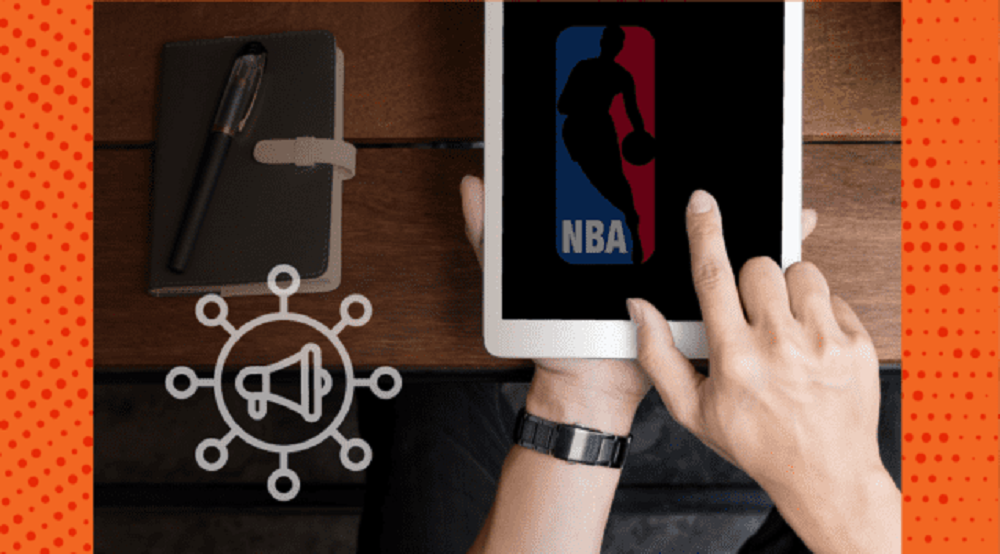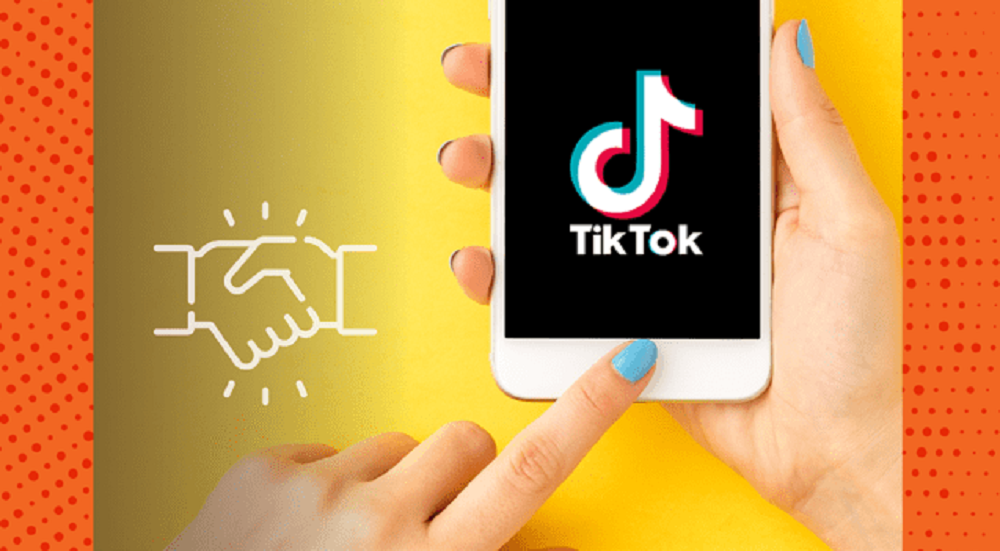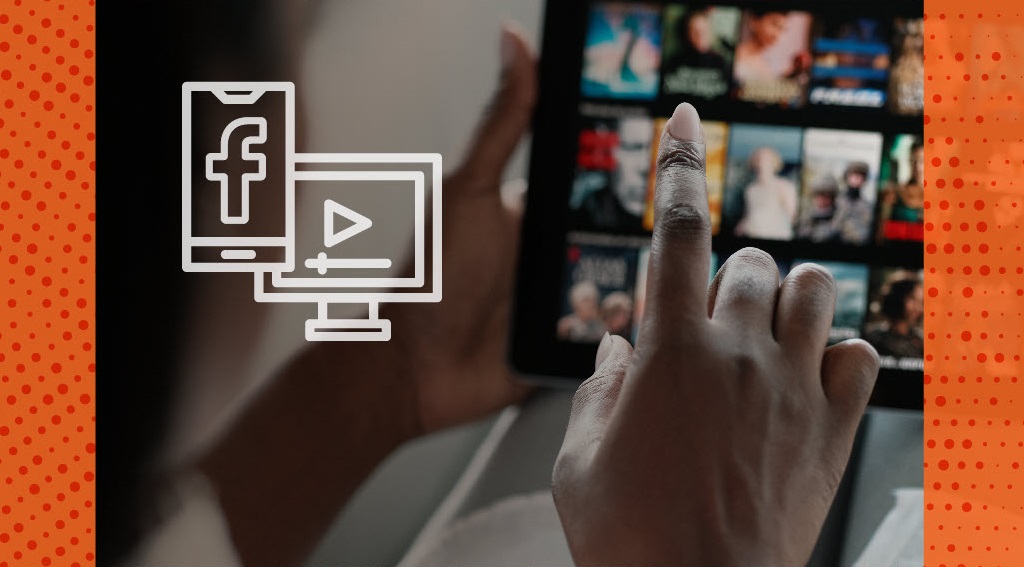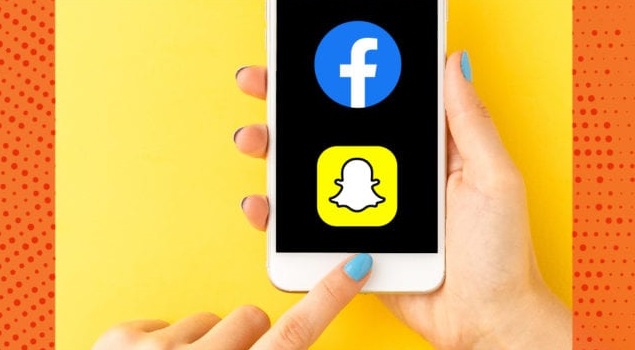“Which shot did you get?” “Moderna.” “Oh, cool, I got Pfizer.” Consumers now talk about pharmaceutical companies just as casually as they talk about the weather. Prior to the pandemic, most consumers didn’t even know that Johnson & Johnson produced pharmaceutical drugs in addition to baby products. With 60% of the adult population in the U.S. fully vaccinated, we are well familiar with the names of the three companies offering vaccines. These companies have brought in significant revenue over the past year. But they haven’t had to advertise the vaccines that they sell.
It’s not news that B2B advertisers were forced to switch to digital marketing advertising last year. With few print magazines being delivered to offices and the lack of in-person events, marketers were forced to redirect their marketing resources to new channels. Print used to be a huge source of advertising investment in the B2B space—but as pandemic restrictions ease, will we see spending return to previous levels?
The Olympics aren’t the only professional sports taking place this month. The NBA finals and the Stanley Cup finals took place in July, while regular season MLB play carried on. With the chaotic sports seasons last year, viewership and ratings were down significantly. Despite this, networks did a good job of retaining advertisers. This year, leagues are focused on reaching and growing audiences while the pandemic limits in-person attendance. In some cases, they’re using innovative ways to attract new crowds.
In some ways, the U.S. agriculture and farming sector is thriving. Agricultural export values are setting new records: they reached [**$59 billion**](https://www.feednavigator.com/Article/2021/07/01/Strong-possibility-of-record-breaking-year-for-US-agriculture-products-such-as-beef-corn-and-sorghum) over the first four months of 2021. With increased foreign demand for products like corn, soybean, sorghum, wheat and animal products, farmers have been able to sell their products at competitive prices abroad. But the industry does face significant challenges—chiefly labor shortages and drought.
It didn’t take long for TikTok to transform from a fledgling social media platform with questionable legal presence in the U.S. into one of the most popular apps around. TikTok was the most downloaded app of its kind last year, with more than 82 million downloads, and it continues to gain traction from consumers and advertisers every day. As the social media app matures, it has quickly become a platform used to drive fashion trends among the Gen Z audience.
Last year was a public reminder of how important our health is—and a reckoning of how vulnerable our healthcare system can be. And we’re not out of the pandemic yet. Partially due to the presence of the highly contagious delta variant, COVID cases are surging. There has been a 109% increase of cases over the last fourteen days. (Though, hospitalizations and deaths are significantly down from the beginning of the year.) With this reality, public attention is still on our healthcare system, its holes, and what can be done to improve it in the future.
After a yearlong delay, the Tokyo Olympics are almost here. Sports fans are eager to watch Simone Biles, Allyson Felix, and Adam Peaty pretty much defy physics, while sponsors are ready to measure their ROI. The leadup to the Olympics has been complicated. Not only was it delayed an entire year due to the pandemic, but organizers didn’t decide whether or not spectators would be allowed until last week. Though attendees won’t be allowed due to rising cases of COVID in Tokyo, the Olympic Games will still bring in a huge amount of sponsorship revenue.
Last week Robinhood agreed to pay $70 million to financial regulators. And without skipping a beat, the popular financial service app filed its initial public offering. Even though this was the largest fine FINRA has ever levied, Robinhood seems to be doing just fine. As the popular financial services and investments app prepares for its public debut, it’s gearing up by spending more on programmatic advertising. And it’s not alone. The entire investment category is spending more.
Restaurants are eager to get back to their standard fare, complete with $1 Wing Wednesdays—but there is no simple ‘on’ switch to get a supply chain up and running again. Restaurants are struggling to meet consumer expectations on a number of fronts. Though some of the issues are apparent (like the ‘we’re hiring!’ signs everywhere), many of the issues are taking place in the kitchen. As B2B companies scramble to process goods, shortages of key ingredients are causing delivery delays and surging prices.
Housing prices continue to surge—frustrating potential homebuyers. “It’s becoming clear that record-high price growth and an enduring shortage of available homes are beginning to hinder would-be homebuyers,” said Matthew Speakman, an economist at Zillow. “Sales volume continues to struggle to regain the momentum it built late last year.” Residential homeowners and politicians are pointing fingers at investment firms, but data points to other culprits. At the same time, commercial real estate won’t fully rebound for another couple of years.
More than any other industry, travel feels like a large pendulum pulled to one extreme that is now quickly returning the other way. Perhaps _too_ quickly. Airline employees and Transportation Security Administration (TSA) agents are tasked with managing heavily booked flights, crowded airports, and passengers who’ve forgotten how to behave while traveling. Passengers are experiencing extremely long check-in and security lines, terminals with closed shops and restaurants, and multiple flight cancellations.
Just like other industries, the energy sector is experiencing supply chain bottlenecks. Most of the attention is on the clean energy sector. The sector experienced tremendous growth last year—but faces challenges like cost-inefficiencies, fragmentation, and a lack of mature industrial partnerships. As you and your sales reps enter advertising conversations with energy sector brands, it’ll be essential to know what’s going on in their world and what the most recent spending patterns have been.
The TV and streaming market is constantly being redefined. The player moving quickest these days is AT&T, owner of HBO Max. AT&T’s been working towards a merger between WarnerMedia and Discovery to create a new $150 billion content unit, Warner Bros. Discovery. And it launched HBO Max’s ad-supported tier earlier this month. This is all against the backdrop of increasing competition among streaming platforms. We’re not referring to the number of players in the market—those days are gone.
Ad-supported streaming (AVOD) is a $11 billion business that doesn’t have a standard approach for ad purchasing. Confusing processes lead to slow revenue growth. Meanwhile, Hulu’s gross revenue continues climbing. Hulu is succeeding in the messy, crowded AVOD world and has much to teach. Which advertisers are buying from Hulu that could mean opportunity for you? Hulu has been the leader of the pack in ad-supported TV-streaming for years. And even though their market has become increasingly crowded
Though digital advertising has been around for years, we’re just getting to a point where individual print publications are seeing their digital sales consistently outpace their print sales. Meredith publications—the publisher of Better Homes and Gardens, Southern Living, People, Real Simple and many other national lifestyle magazines—made $107 million on online advertising during Q1 2021. This is about $10 million more than their print sales.
Facebook and OTT advertising may offer similar programmatic opportunities, but the two formats generally win over a different set of advertisers. Over the last few weeks, we’ve dug into Facebook advertising data and released a Facebook advertising trend report.
Facebook is the leading social media platform by many counts—but when it comes to popularity among Gen Z users, Snapchat is overtaking the giant. Gen Z is getting older and about to be a huge buying power. How are advertisers using the two platforms? And which brands spending big on Snapchat represent opportunities for other publishers?
At the beginning of the year, ad tech leaders were talking about what they expected from programmatic in 2021. A big part of the discussion was how programmatic would become central to the media planning process and how buyers would need to adopt a ‘test and learn’ mindset. Not only that, but IAB predicted that programmatic’s “meteoric rise” in ad spend would reach $98 billion and account for 68% of all digital advertising in the US.
Beyond the ad-supported streaming platforms, broadcast networks compete for attention with platforms that distribute user-generated video content. And as audience attention shifts, so do advertisers. As the social network with the most annual revenue, we know that Facebook is great at bringing in ad dollars.
We all know that eCommerce soared last year—and it’s not slowing down in 2021. In March, online sales were up 49% year-over-year (YoY), making this the biggest increase since July 2020 when Americans received their first round of stimulus checks. Despite vaccines, people are still shopping online and it makes sense that brands are buying ads in the digital space.








